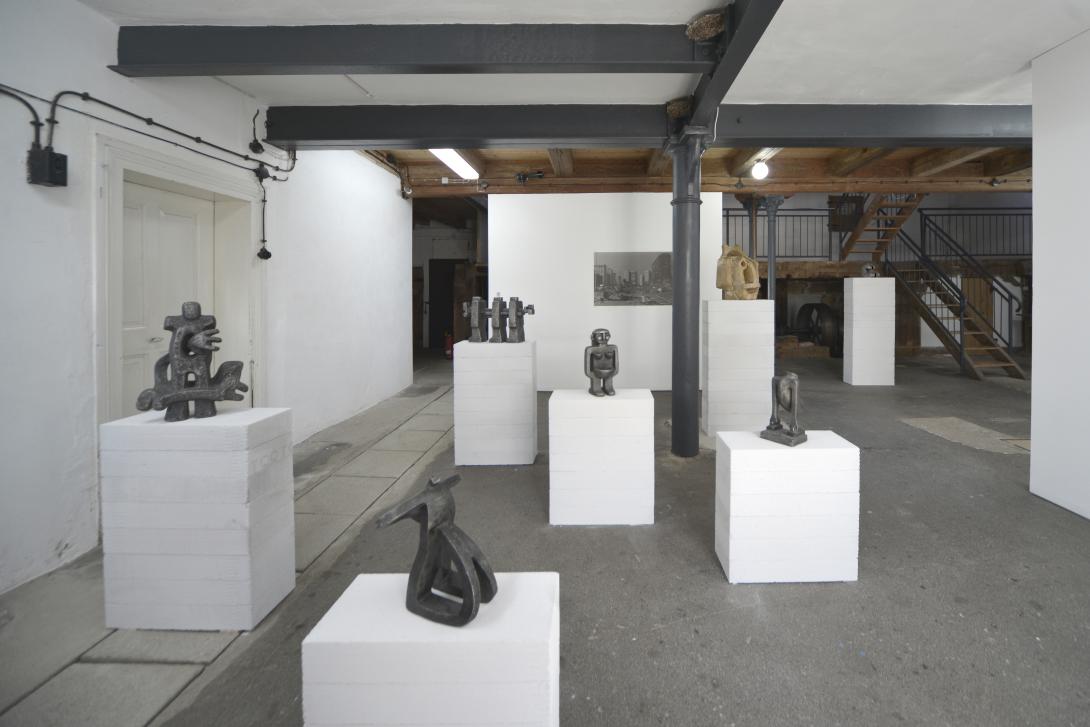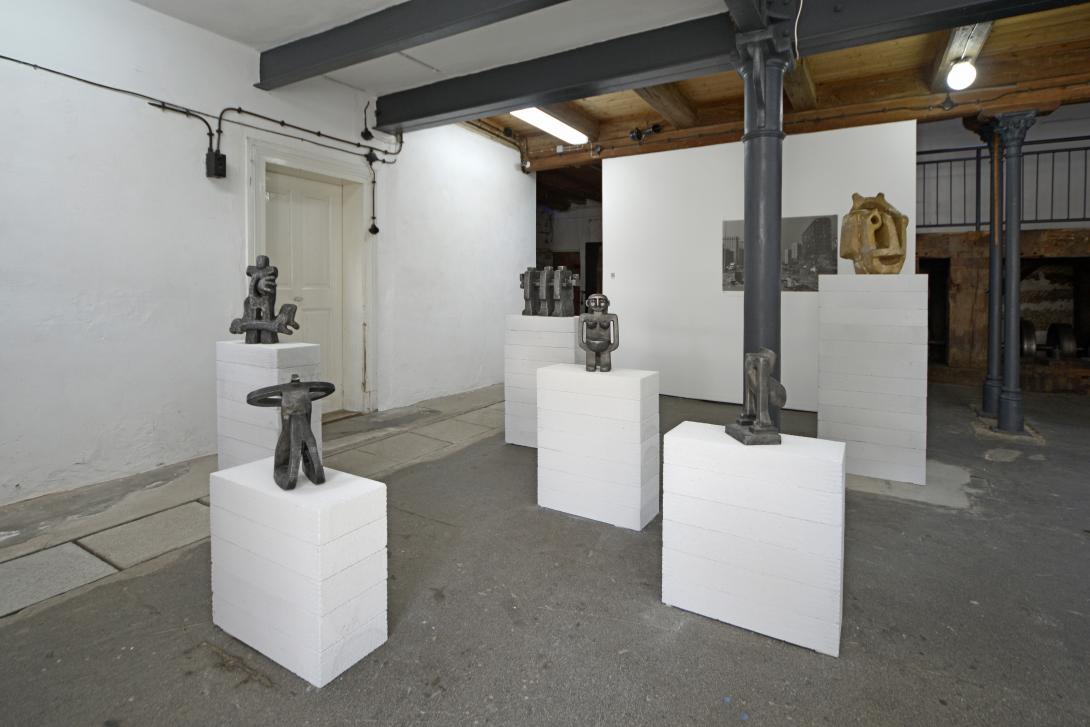Vadim Sidur (1924 - 1986): War and Peace Вадим Сідур (1924 - 1986): Війна і мир Vadim Abramovich Sidur was a Ukrainian Soviet avant-garde sculptor and artist sometimes referred to as the Soviet Henry Moore. Sidur is the creator of a style named Grob-Art (Coffin-Art). Sidur was born in Dnipropetrovsk, Ukraine to a Jewish father and Russian mother. One of the most memorable childhood memories was the Holodomor of 1932-1933. Particularly the mass mortality from famine in the villages, cases of cannibalism, and nutrition by surrogates in his autobiographical work “Monument to the Current state”. He also talks about the work of the Torgsin system. In particular, his mother exchanged a silver spoon for a kilogram of flour. In 1942 he was drafted into the Red Army and fought in World War II. After being wounded in the jaw by a German bullet, he was discharged as a disabled veteran. Since the 1960s Sidur’s works became known in the West. Soon he became famous. In the Soviet Union his works were not exhibited from 1950 until his death, with the exception of the one-day exhibition in the House of Writers in Moscow in 1968.
Vadim Sidur (1924 - 1986): War and Peace Вадим Сідур (1924 - 1986): Війна і мир Vadim Abramovich Sidur was a Ukrainian Soviet avant-garde sculptor and artist sometimes referred to as the Soviet Henry Moore. Sidur is the creator of a style named Grob-Art (Coffin-Art). Sidur was born in Dnipropetrovsk, Ukraine to a Jewish father and Russian mother. One of the most memorable childhood memories was the Holodomor of 1932-1933. Particularly the mass mortality from famine in the villages, cases of cannibalism, and nutrition by surrogates in his autobiographical work “Monument to the Current state”. He also talks about the work of the Torgsin system. In particular, his mother exchanged a silver spoon for a kilogram of flour. In 1942 he was drafted into the Red Army and fought in World War II. After being wounded in the jaw by a German bullet, he was discharged as a disabled veteran. Since the 1960s Sidur’s works became known in the West. Soon he became famous. In the Soviet Union his works were not exhibited from 1950 until his death, with the exception of the one-day exhibition in the House of Writers in Moscow in 1968.


